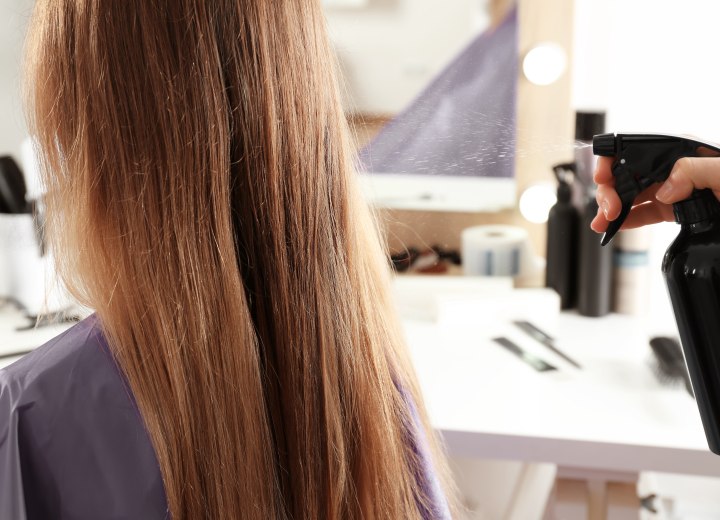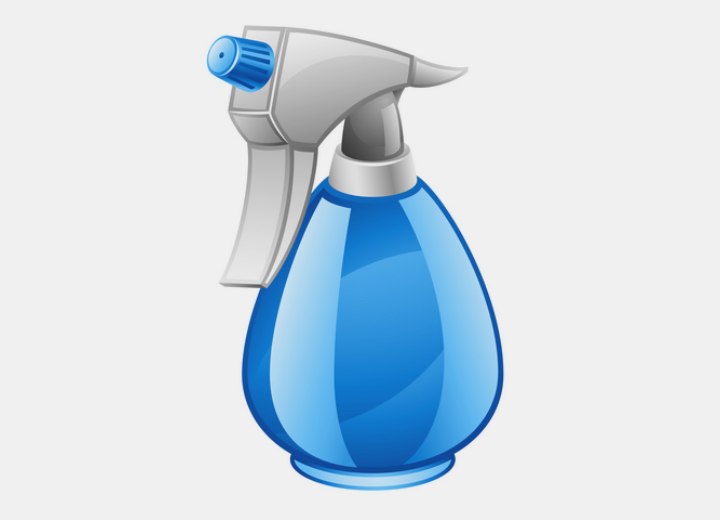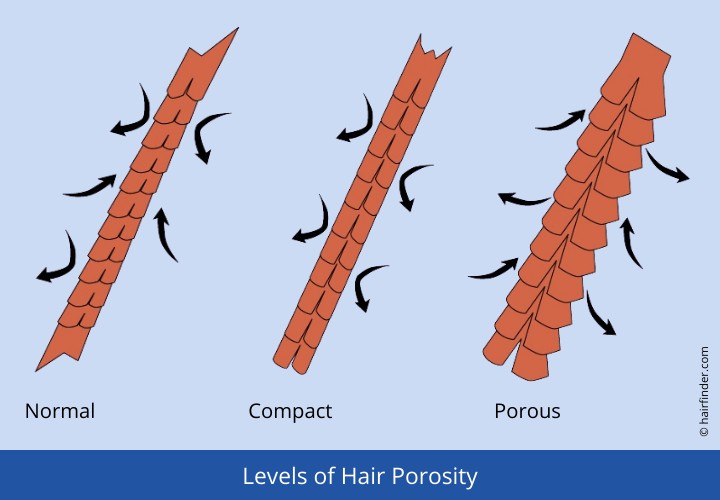Hair Porosity Test

A: The simplest way to test the porosity of the hair is to get a spray bottle with water that will generate a fine mist. You also need to start with clean, dry hair with no product in it. Preferably hair that was shampooed the night before as blow drying can leave the cuticle swollen and will make the hair seem more porous.
Porosity is a measure of the compactness of the cuticle layer of the hair. When the cuticle is raised (often a sign of hair damage) moisture (water) passes easily in and out of the hair shaft, with the end result being that the hair feels dry and rough, and looks frizzy. Porous hair tends to process chemical reactions quickly and can therefore over-process easily in many cases, so must be carefully and closely monitored.

"Normal" hair (what we most desire to find) is that the spray test leaves small beads of water on the hair at first, but that the water is absorbed after a moment. This generally shows a cuticle that is smooth and flat but not so tight as to prevent penetration by desired products.

Both ends of the porosity spectrum are problematic, although the problems of VERY porous hair can be devastating if not addressed and handled very gently. When the hair has been severely damaged so that the hair is overly porous, you can generally identify that there's a problem by the fact that when dry, the hair feels like straw, and instantly soaks up any moisture it encounters. Yet, when the too-porous hair is wet, it feels spongy and unpleasantly rubbery.
Good porosity is a matter of balance. It's the sign that the hair is healthy, and that the cuticle layer is doing its job of regulating the moisture level in the hair.
©Hairfinder.com
See also:
Glass of water test for hair porosity
Analyzing hair
How to do a patch test
How to do a strand test